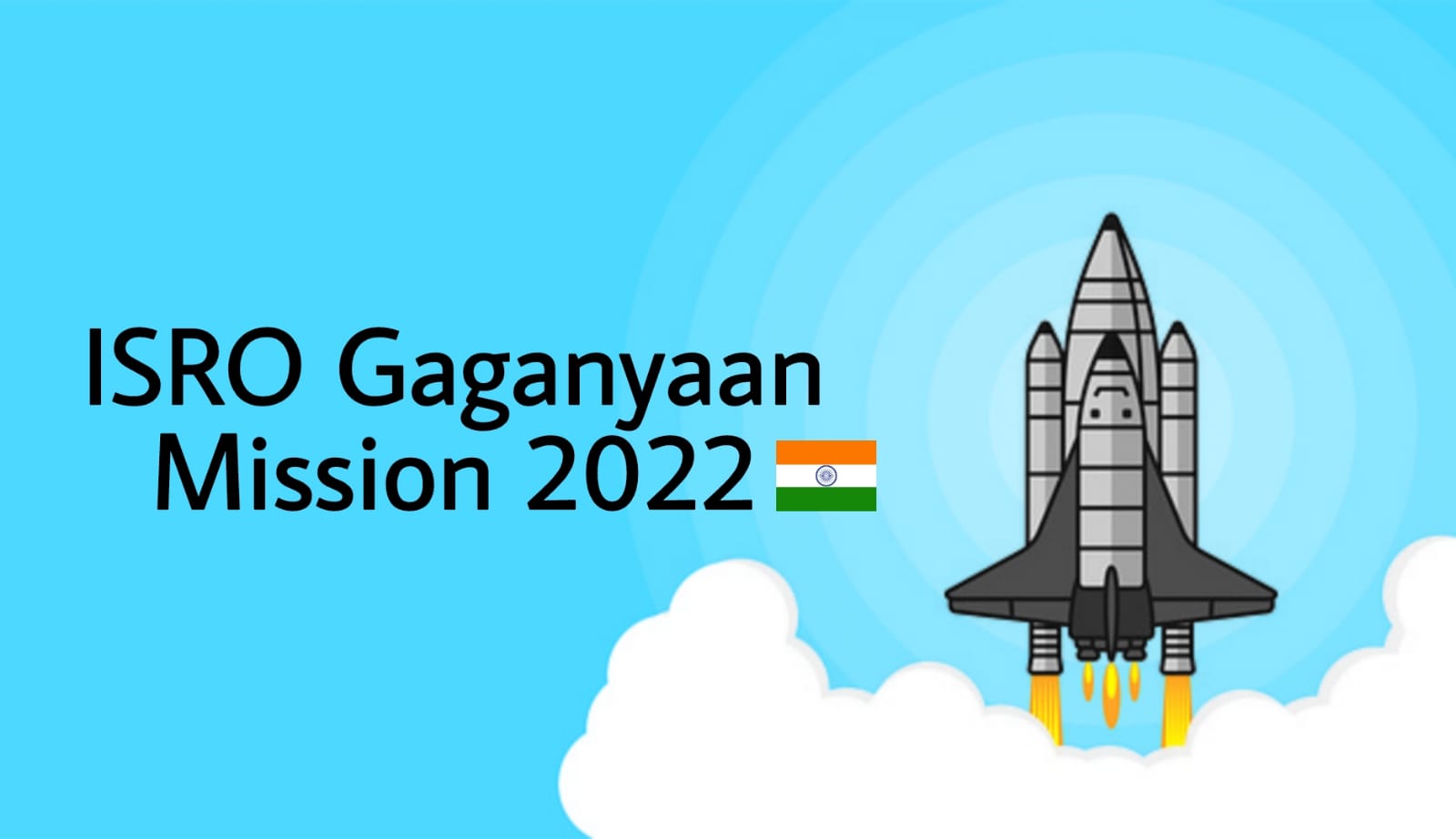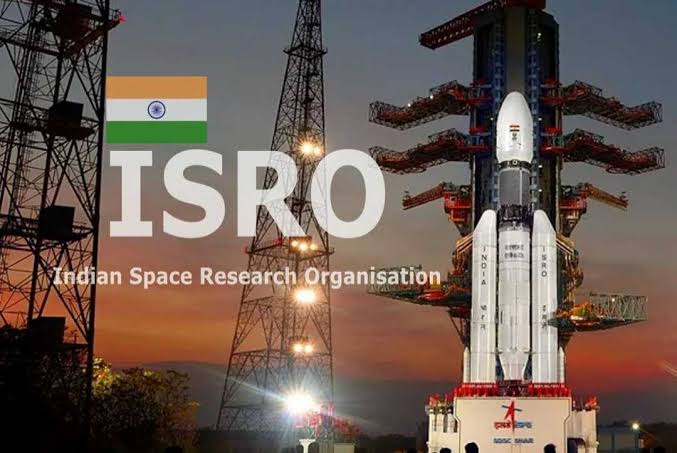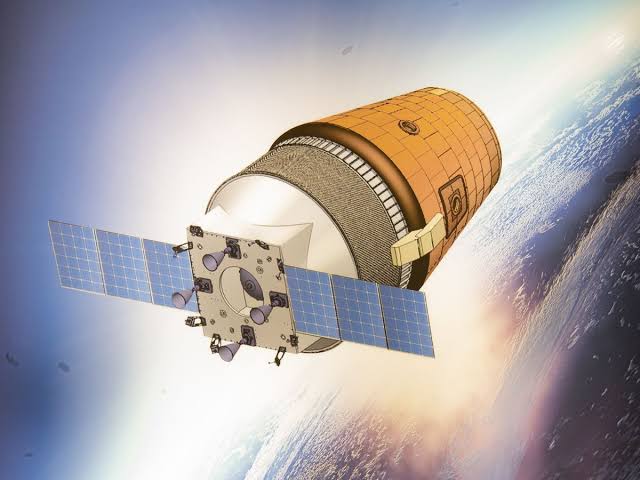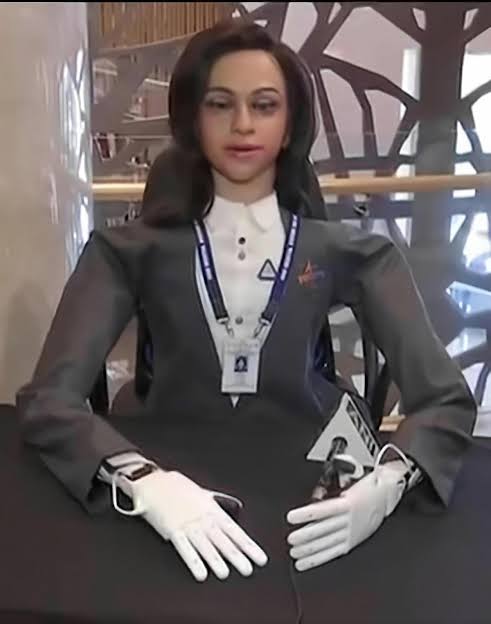Space exploration, along with being fascinating also has a variety of applications in development of technology for human welfare. With recent development in science & technology, space exploration is a natural progression of our planet.
India is rising in its talent & capability to take on world-level challenges. It will be the fourth country to send humans in outer-space after US, Russia & China.
In this article, we will discuss about What is ISRO Gaganyaan Mission?
About Isro
The Indian Space Research Organisation, ISRO is among the world’s top space agencies. Sending 104 satellites in a single rocket,launching low-budget space shuttles, inserting a probe in a Martian orbit in its first attempt are some of ISRO’S key achievements.
It has completed interplanetary missions at a fraction of the budget when compared to space agencies like NASA & ESA having budgets of billions of dollars. India thus is becoming a global player in the space scene.
Gaganyaan mission is India’s first human spaceflight mission that aims to demonstrate an indigenous capability to take humans to Low Earth Orbit which is at the altitude of 400 km from the earth for a short term.
Initially, it was to launch in 2022 which is now delayed due to COVID-19 induced lockdown.
Objectives of the Gaganyaan mission-
- SeSend 3 humans to Low Earth Orbit for 7 days and bring them back safely.
- Demonstrate technology for sustainable & affordable human space exploration.
- Performing biological & physical science experiments in micro-gravity.
GSLV MARK III, launching vehicle for Gaganyaan
The Geosynchronous Satellite Launch Vehicle Mark III is a three-stage heavy-lift launch vehicle developed by ISRO.
Primarily designed for launching communication satellites, it is also identified as being a launch vehicle for crewed missions.
Scientists of ISRO are re-engineering this vehicle for extra reliability & integrated monitoring. Digital & intelligence systems are also being enhanced. This is how, GSLV Mk III is being human rated for GAGANYAAN mission.
Gaganyaan Spacecraft
Gaganyaan(translated as Sky-craft)consists of 2 modules-
1. Crew module(where astronauts stay)
- Designed to carry a 3-member crew to orbit & return to Earth.
- Upgraded version is equipped with an emergency mission abort & a Crew Escape System(CES) which can be activated during the first stage or second stage rocket burn.
- Consists of two parachutes, one for safe splashdown & the other in case of one’s failure.
Service module(containing support systems)
- Powered by liquid propellant engines to help in orbit raising of Gaganyaan in Low Earth Orbit & remain connected.
- At atmospheric reentry, it will detach itself from the spacecraft.
Together these modules make an orbital module that can provide life-support to the crew for seven days before they splash down in the ocean. Hindustan Aeronautics Limited (HAL), an Indian state-owned aerospace & defense company manufactured the crew module.
Defense Research and Development Organisation (DRDO) will provide support systems & technologies for humans on the spacecraft. It includes-
- Space grade food & healthcare
- Preventive measures for radiation & protection
- Parachutes
- Fire suppression system
Training of Crew
–Astronaut trainees got selected from a pool of test pilots, based on jointly defined criteria of ISRO & Indian Air Force.They have begun their 12-month training at Gagarin Research & Test center, Russia. They will study in detail about Soyuz, a manned spaceship developed by Russia & receive training in the short-term weightlessness mode of Il-76MDK a military aircraft, specially designed for trainee astronauts & space tourists.
Also read: What is the goal of the DART mission?
Vyommitra
Vyommitra, a female-looking humanoid robot developed by ISRO is going to be a part of both crewed & uncrewed Gaganyaan missions. Instead of taking animals onboard like other nations, ISRO will fly humanoid robots to have a better understanding of micro-gravity & the effects of radiation.
Vyommitra is designed to perform various functions like-
- Perform micro-gravity experiments.
- Monitoring module parameters
- Simulating human functions to support astronauts.
- Programmed to speak Hindi & English, mimic human activity, recognize & respond to human queries.
- Give environmental air pressure change warnings
- Perform functions of life support & environment control systems
Costing
The total cost of the Gaganyaan project is approximately ₹ 9023.00 crores as stated on the official ISRO website.
Development timeline for different phases of Gaganyaan
| Flight | Date | Information |
| Gaganyaan 1 | December 2021 | First test flight to orbit LEO (unmanned) |
| Gaganyaan 2 | 2022 | Second test flight to orbit LEO (unmanned) |
| Gaganyaan 3 | 2023 | First crewed flight of the mission which will carry 1-3 Indian astronauts. |
Likely Impact Of Gaganyaan Mission
- Progress in sustainable space exploration.
- Demonstration of return missions
- Scientific experiments
- Capability to actively collaborate in developing global space stations.
- Framework for education & industry partnership for developing the nation.
- Employment generation & human resource development in advanced science, R&D.
- Inspire & encourage Youth for knowledge, innovation & creativity.
- Strengthening International partnerships & global security through the sharing of challenging goals.
Conclusion
This mission is less of a scientific mission & more of a technology demonstration mission. This surely is an important step for ISRO & its future missions. I think India’s safe and cheap space travel can benefit the whole world in terms of innovation & exploration.
Resent posts:



